Professional Business Letter Template for Effective Communication
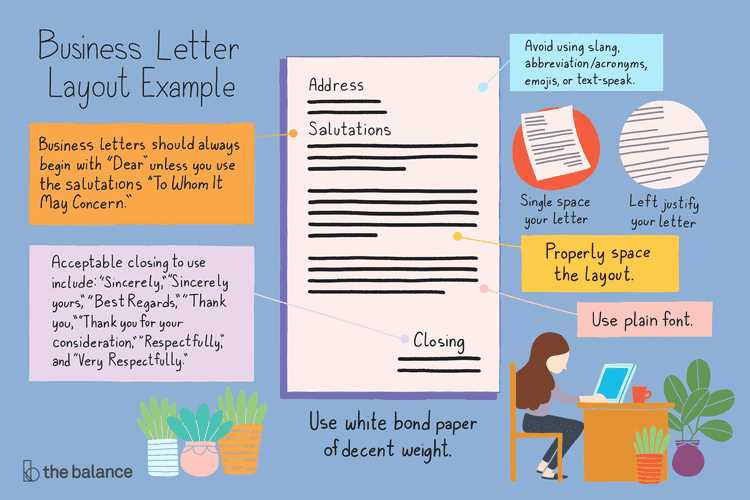
Clear and formal correspondence plays a vital role in maintaining professional relationships. Whether you are communicating with a client, colleague, or potential partner, the structure of your message is essential for conveying your intent effectively. A well-crafted document can leave a lasting impression, while a poorly structured one might cause misunderstandings.
Formal communication requires attention to detail, precision, and the right tone. The format in which you present your message can impact its reception and your credibility. By following a clear format, you ensure that all relevant information is easily accessible and understood by the reader.
Utilizing the correct structure is key to achieving professionalism in your written exchanges. Adapting your message to fit the recipient’s expectations and the nature of the communication can foster trust and encourage positive responses. A thoughtfully designed format helps to streamline the process and avoids unnecessary confusion.
Why Formal Communication Matters in Professional Interactions
Structured written communication is crucial in establishing clear and effective exchanges in a professional setting. Its role goes beyond mere documentation–it is a tool for building trust, resolving issues, and maintaining strong relationships with colleagues, clients, and partners. A well-constructed message ensures that important points are conveyed in an organized and professional manner.
Clarity and Precision
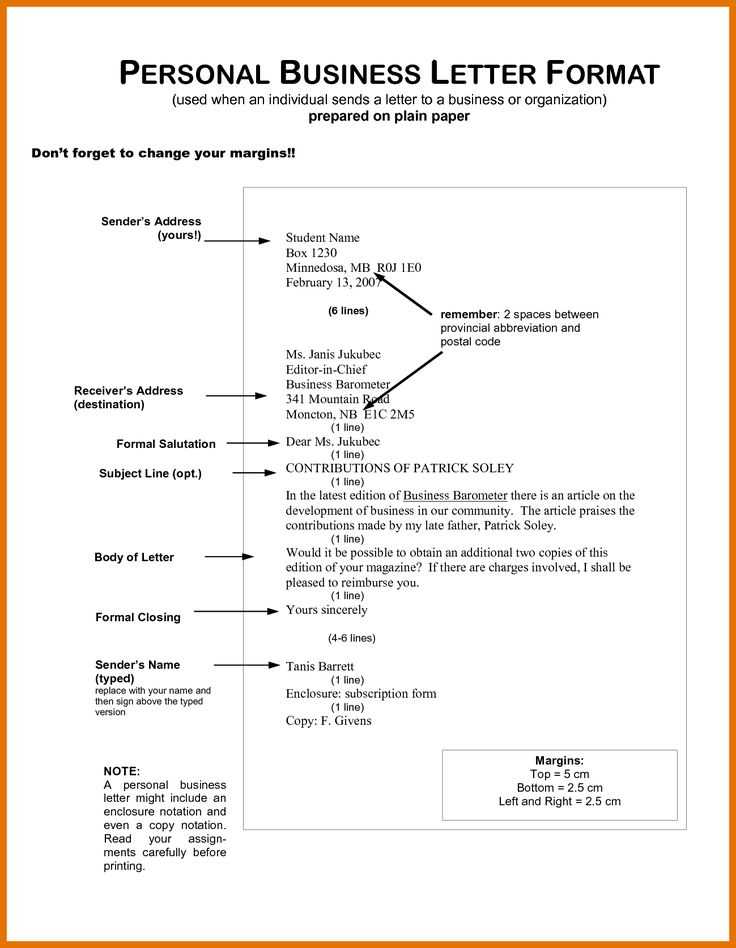
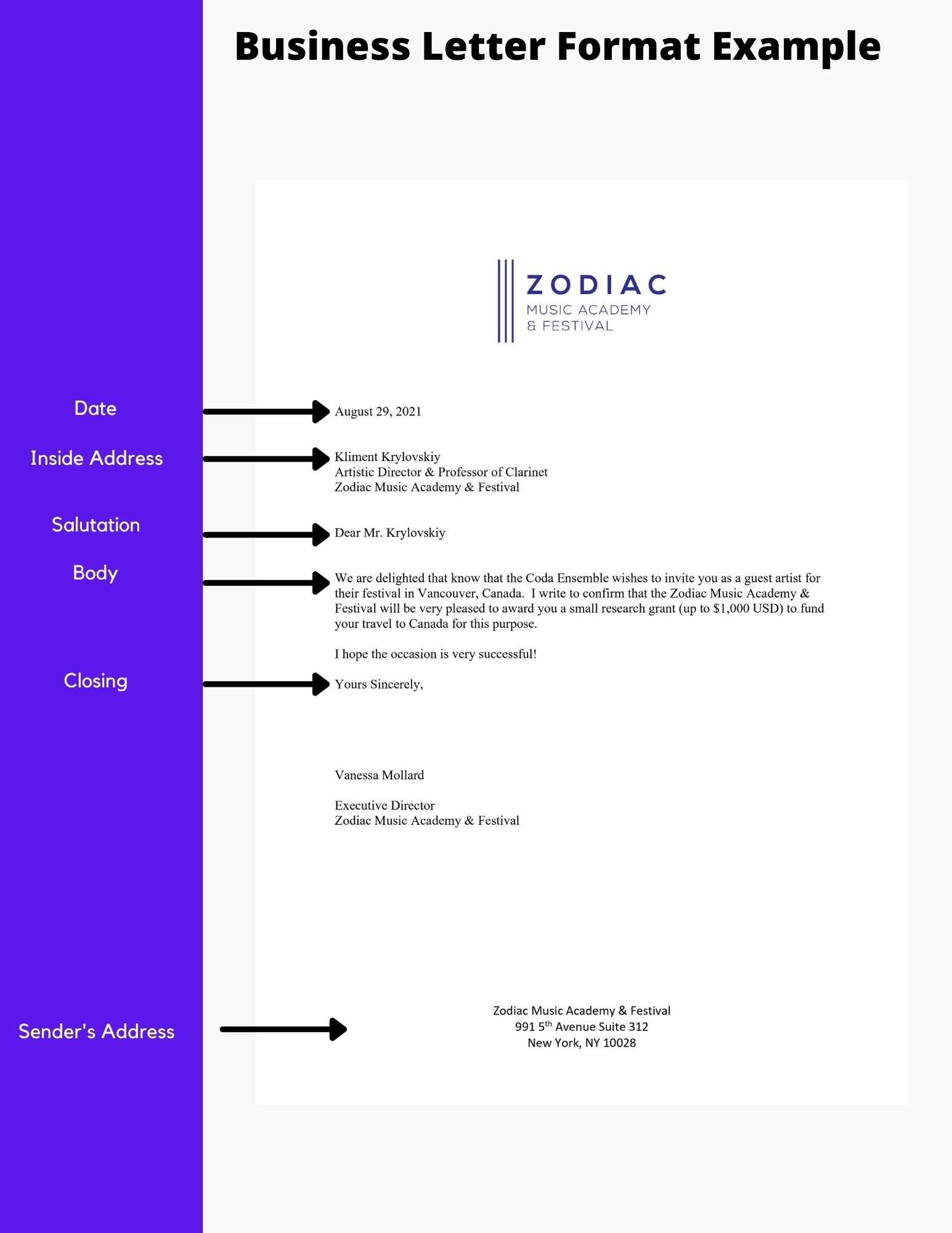
Formal documents help avoid confusion by presenting information in a clear, concise way. In professional settings, where time is often limited and stakes are high, being straightforward can make all the difference. By using a defined structure, you enhance readability and ensure that your audience understands your message without unnecessary delays.
Building Professionalism and Credibility
Using a proper format elevates the perceived quality of your communication. A well-crafted message reflects positively on your professionalism and attention to detail. It signals that you value the recipient’s time and care about maintaining a respectful tone throughout the exchange.
Key Parts of a Professional Correspondence
Effective formal communication follows a structured format, ensuring that all necessary information is included and easily accessible. Each section plays a specific role in conveying the message clearly and maintaining a professional tone. Understanding these components allows for more efficient and purposeful exchanges.
The opening of a document typically includes essential contact details, such as the sender’s and recipient’s addresses, which provide context and clarity. Following this, the greeting establishes the tone of the message and sets the stage for the content that follows. Next, the body of the communication presents the main message, with relevant points arranged logically to aid comprehension.
Finally, a strong conclusion wraps up the communication, often including a call to action or a statement of gratitude. A professional closing, along with a signature, ensures that the exchange remains respectful and formal, leaving a positive impression.
Step-by-Step Guide to Formatting
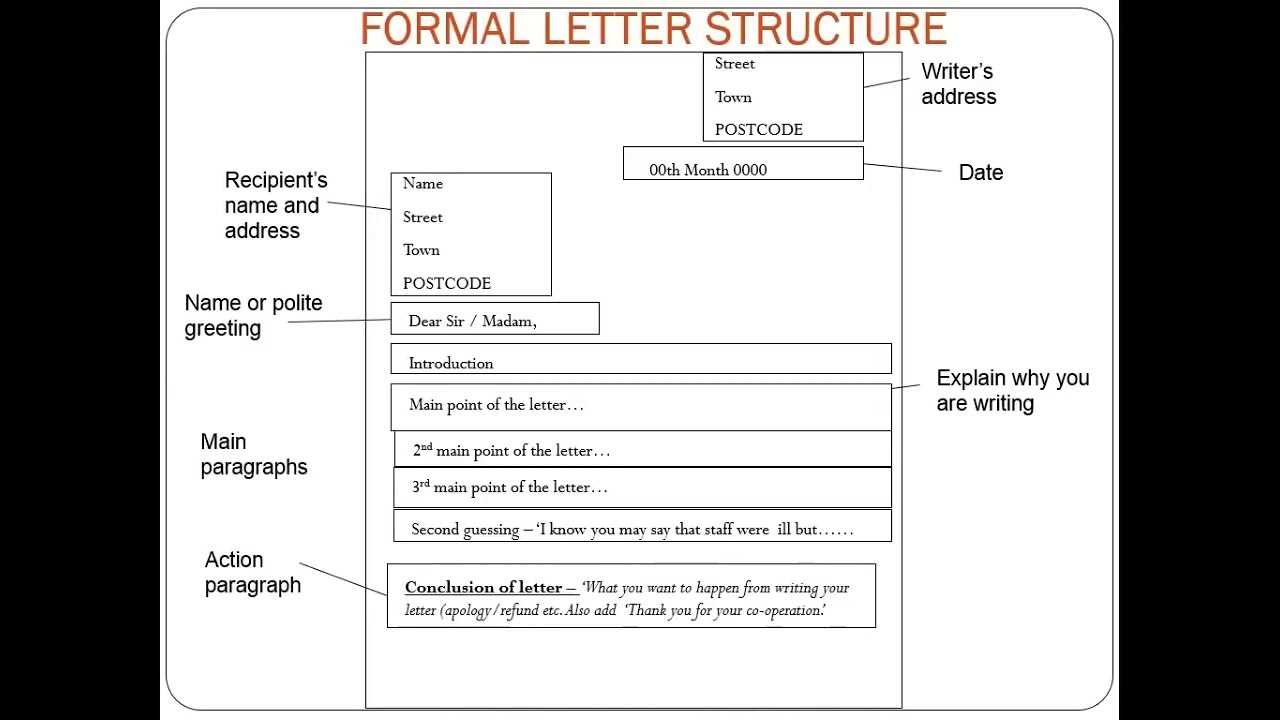
Creating a well-structured formal document involves more than just writing the content. It requires attention to the layout and organization to ensure that the message is clear and easily readable. Proper formatting can enhance the overall professionalism of your communication and help you deliver your message effectively.
The first step is to set up the document with proper margins and spacing. Standard margins are typically 1 inch on all sides, with line spacing set to 1.15 or 1.5 for readability. Begin by including your contact details at the top, followed by the recipient’s information. This ensures clarity regarding the origin and destination of the message.
Next, use an appropriate greeting that fits the formality of the communication. After that, the body should be divided into short paragraphs, each addressing a specific point or idea. Make sure each section is logically connected to the next, using transitions when necessary to maintain the flow. Finally, close with a polite sign-off and your signature to complete the document.
Selecting the Right Language and Style
Choosing the appropriate language and tone is crucial in formal communication. The way you express your ideas can significantly impact how your message is perceived. Selecting the right style ensures that your communication aligns with the purpose of the exchange and the expectations of your recipient.
Understanding Formality and Tone
The level of formality you use should match the relationship with the recipient and the context of the communication. A formal tone is typically required in professional settings, as it conveys respect and seriousness. Avoid overly casual language or slang, which can detract from the professionalism of your message.
Clarity and Precision
Clear and precise language is essential to avoid misunderstandings. Avoid using jargon or complex phrases that might confuse the reader. Keep your sentences direct and to the point, ensuring that the main message is immediately apparent. This approach increases the effectiveness of your communication and helps build trust with the recipient.
Avoiding Common Professional Communication Errors
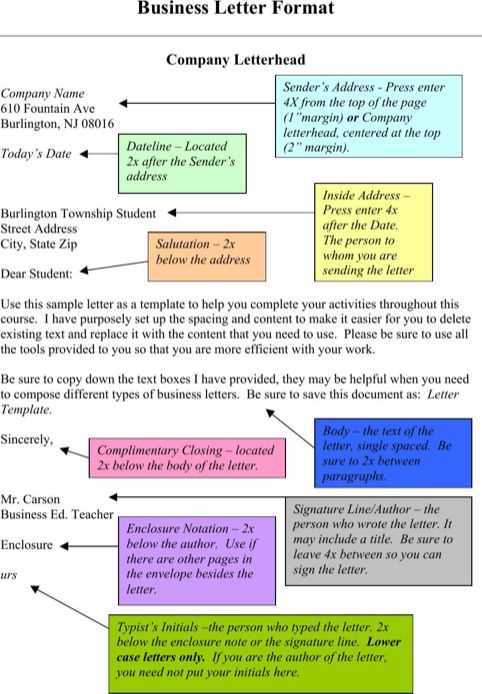
Effective formal communication requires careful attention to detail to prevent mistakes that could undermine its impact. Certain errors can make your message appear unprofessional or unclear, which can hinder the purpose of the exchange. By understanding and avoiding these common pitfalls, you can ensure that your communication remains polished and effective.
Key Mistakes to Avoid
| Error | Explanation | How to Avoid |
|---|---|---|
| Spelling and Grammar Mistakes | Errors in spelling and grammar can damage your credibility. | Always proofread your communication and use grammar-checking tools. |
| Improper Salutations | Using the wrong greeting can lead to misunderstandings. | Ensure you address the recipient properly based on your relationship. |
| Unclear Purpose | A vague or unfocused message confuses the reader. | State your purpose clearly at the beginning and stay focused throughout. |
| Overuse of Formality | Excessive formality can make your message sound stiff and unnatural. | Find a balance between formal and approachable tone based on context. |
Proofreading and Revision
Always take the time to review your communication before sending it. This helps catch any overlooked errors and ensures that the tone and message are appropriate for the recipient. Revisions should focus on clarity, accuracy, and professionalism, ensuring that the final version accurately reflects your intent.
How to Personalize a Professional Communication
Personalizing formal communication is crucial for making a meaningful impact. A generic message may fail to establish the connection you want with your recipient. Customizing your approach shows that you have considered the individual’s needs and fosters a sense of importance and respect.
Steps to Customize Your Message
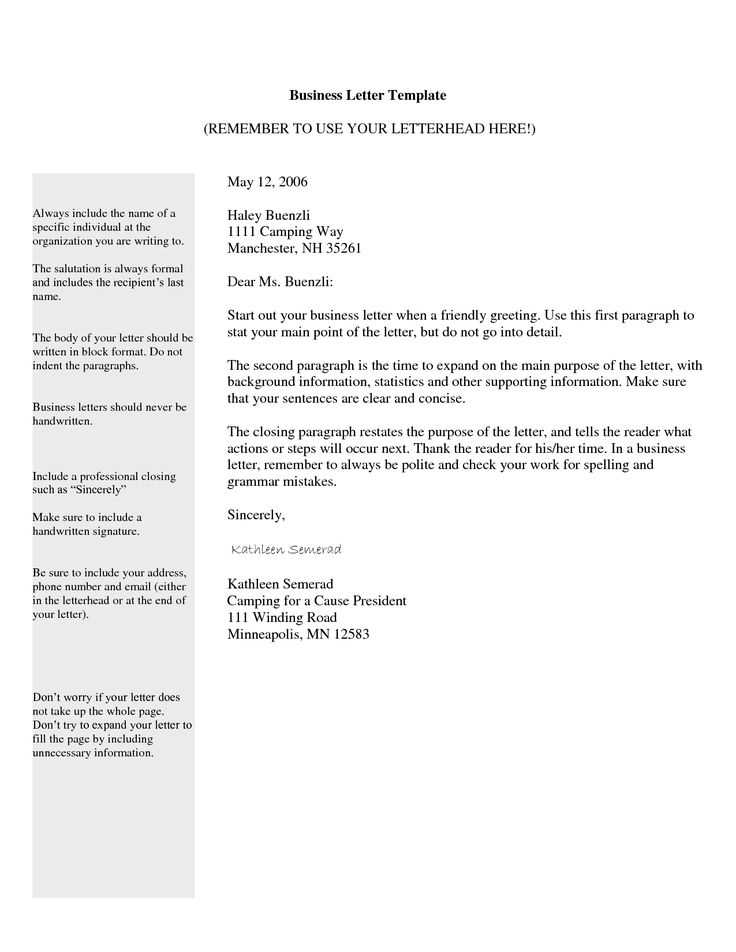
- Start with a personalized greeting: Use the recipient’s name to make the message more engaging.
- Include specific details: Mention past interactions or relevant information that is specific to the recipient.
- Adjust the tone: Tailor the tone based on your relationship with the recipient–whether formal or more conversational.
- Focus on the recipient’s needs: Address how your message benefits them or aligns with their interests.
Important Considerations
- Be mindful of the recipient’s preferences: If you know they prefer a certain way of communication, try to accommodate it.
- Avoid over-personalization: Ensure your message remains professional, even with a personal touch.
- Ensure relevance: Personalize based on the content of the message, not just for the sake of customization.
By incorporating these strategies, your communication will feel more thoughtful, direct, and impactful, increasing the likelihood of achieving your desired outcome.
Best Practices for Writing Effective Communication
Writing impactful formal communication requires more than just putting words on paper. To effectively convey your message, it is essential to follow best practices that enhance clarity, professionalism, and the likelihood of a positive response. By paying attention to structure, tone, and content, you can create a document that stands out.
Clarity and Conciseness
Always aim for clear and concise communication. Avoid unnecessary jargon or overly complex sentences that might confuse the reader. Get straight to the point and use simple, direct language to convey your message. This ensures that the reader can easily understand your purpose without feeling overwhelmed.
Polite and Professional Tone
Maintain a polite and respectful tone throughout the message. Regardless of the message’s purpose, whether making a request or providing feedback, ensuring a respectful approach can make a significant difference in how the communication is received. This fosters a positive relationship and encourages a more favorable response.
By implementing these practices, your formal communication will be effective, well-received, and reflect your professionalism.